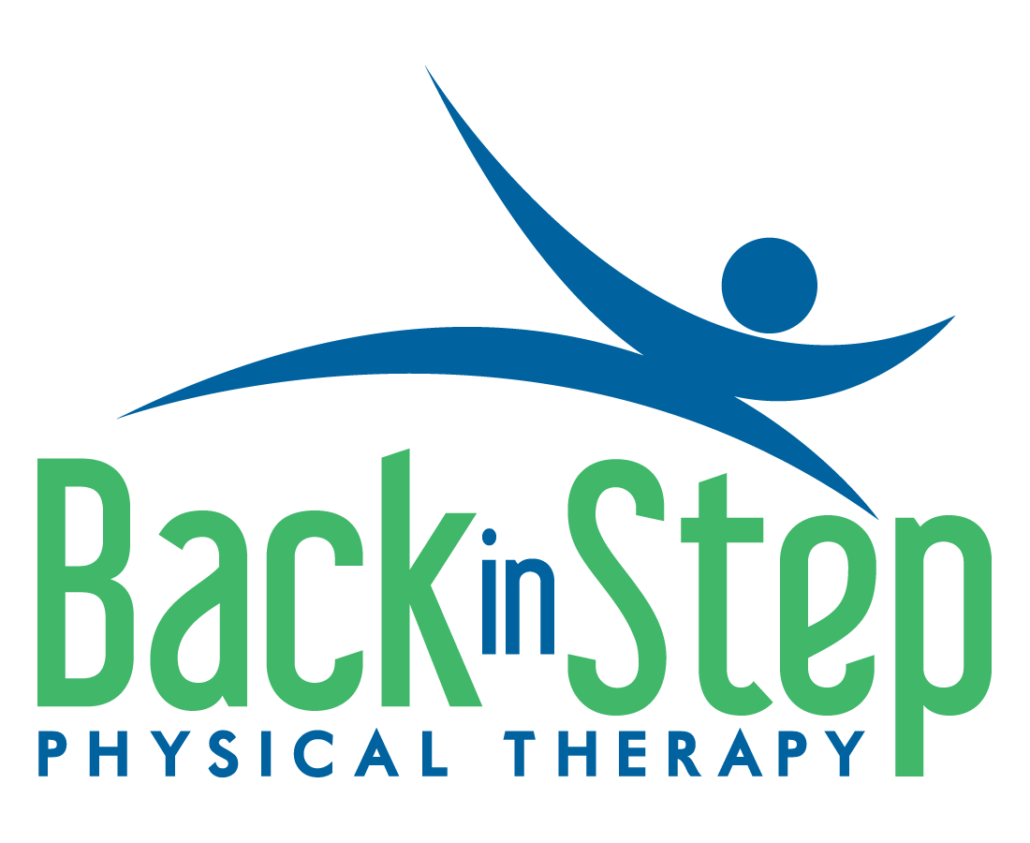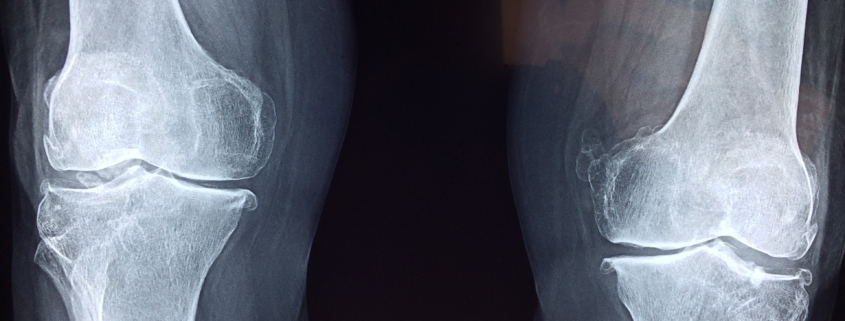Steroid Injections: What You Should Know
Steroid injections have become a common recommendation in the case of pain or injury. They are most often used to treat inflammation, especially when it has become chronic. Just like so many other things in medicine, these injections have potential benefits, as well as potential side-effects. And, recently, there has been new research that may change how often these injections are even recommended in the first place for use in joints.
We thought it would be important to talk a little bit more about it, since this treatment has become so commonplace and new research has come out.

About Steroid Injections – General Info
This treatment is used for pain and inflammation. It is injected to treat the joint, bursa, tendons or ligaments.
The procedure is most often done in a physician’s office and takes just a few minutes. The area is first cleaned and is often numbed with a topical anesthetic (spray or cream). Depending upon what area is being treated, the physician uses ultrasound to determine placement of the needle. The injection itself will either be the corticosteroid alone, or it may be a mixture that also contains a local anesthetic to help numb the treated area for a few hours. It is typical to have some aching in the treated area for 1-3 days.
Most physicians recommend getting an injection no more than 3-4 times per year, if indicated. It’s typically recommended to wait at least 4-6 weeks if another injection is warranted.
Results can vary person to person, and even between body regions for the same person. Some sources state that pain can be reduced for 6 weeks to 6 months. According to what we’ve heard from our own patients over the years, they’ve experienced relief anywhere between 1 week and 1 year.
Injections may not be recommended if you:
- are on blood thinners, as it can cause additional bleeding at the injection site;
- have diabetes, as the medication injected can affect blood sugars;
- are dealing with an active infection, as it can make recovery from the infection more difficult;
- have a joint that is already severely damaged, injections likely won’t be helpful.
After treatment, it is recommended to slowly increase activity. If you’ve gotten good relief, it can be tempting to jump right back into normal activities. However, this can be too much, too fast – so pace yourself!
Potential Side-Effects
In the past, many sources have reported that steroid injections have few side effects and none of them are very common, especially in response to a single injection. Worst-case scenario is that nothing changes and the patient gets no benefit.
Side effects include infection, allergic reactions, allergic reaction, skin discoloration, and tendon rupture. Some people may also experience something called post-injection flare. This flare occurs when the inflamed area is aggravated by a reaction to the injection.
Repeated use in one area can increase the likelihood of side effects. One concern is particular to treatments of tendon or ligament. Over time, repeated treatment can contribute to tissue damage. It can even contribute to tendon rupture. There is also a theory that repeated treatments can result in decreased benefit.

New Research
One research group did a meta-analysis in 2015 regarding knee arthritis, reviewing 27 different research articles on the topic. They determined that the benefits of steroid injections for knee arthritis are inconclusive and unclear.
In 2017, an article published in the Journal of the American Medical Association (JAMA) showed some interesting findings. Researchers worked with patients with knee arthritis. One group received the typical steroid injection and another group received an injection of saline. People reported the same result, regardless if they received the steroid or the saline. In addition, they found that more of those that received the steroid injection saw more erosion of the cartilage in the joint after treatment.
A new study published in October of 0291, by the Boston University School of Medicine, suggests that steroid injections can actually speed up destruction of a joint, leading to things like earlier total knee and total hip replacements. They’ve found an increase in problems like stress fractures, joint collapse, and progression of osteoarthritis.
So What Does This Mean?
First of all, research doesn’t quite know what to make of the injections. They may or may not actually help. They potentially have more significant side effects than originally thought.
In either case, one of the most important things to consider if you are thinking about getting steroid injections is that they are meant to treat the symptoms of pain and inflammation. Steroid injections do not “cure” the problem. If the symptoms were caused by injury or overuse, for example, other things will need to be addressed to have long-term results.
A steroid injection should be just one part of a larger treatment plan. Physicians may recommend NSAIDs (non-steroidal anti-inflammatory medications) or use of a brace. Hopefully, they also recommend physical and/or occupational therapy. The best recommendations, especially in the case of early osteoarthritis, include exercise, weight loss, and lifestyle changes.
Do your research. Ask your physician questions. Ask what your options are. Talk to a physical therapist to learn what can be done. Try exercise and changing your lifestyle.
Physical Therapy as an Option
So how does physical therapy play into all of this?
Your physical therapist will do an evaluation to see what all needs attention. Quite often, those with arthritis benefit from working on strength, balance, and stretches. PTs will also show you different ways to do things that will decrease stress on your body and joints. We have so many options to help, so give us a call! If you have more questions, contact us at Back in Step Physical Therapy.
Check Out These Articles
News Articles:
Research Articles:



